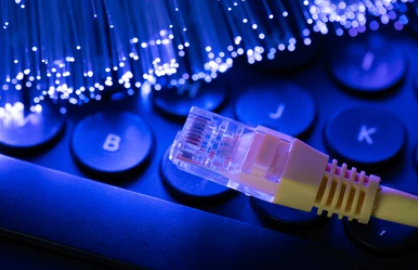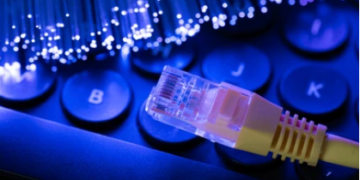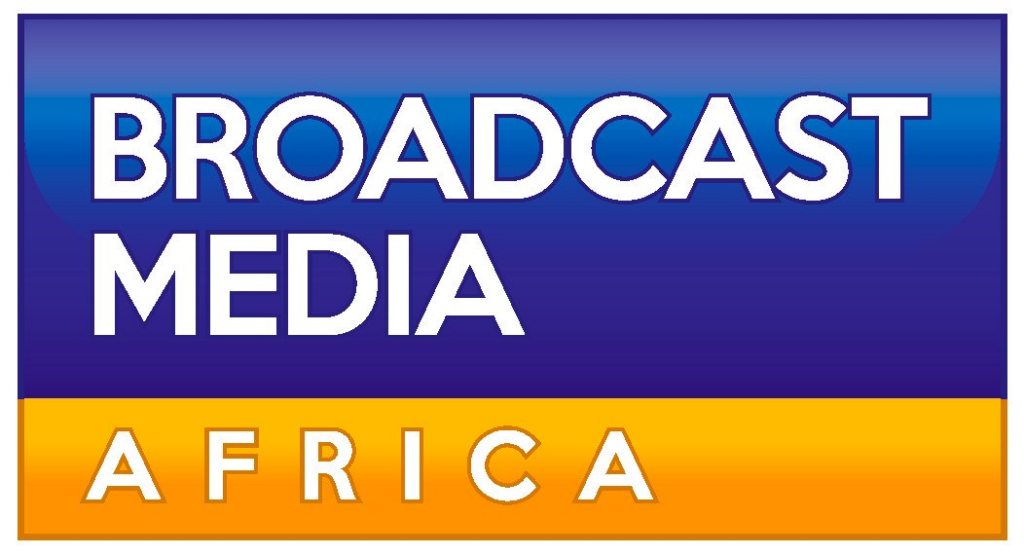
Africa is amid a digital awakening, and fibre optic technology is central to this shift. Once seen as an expensive extra, fibre has become the backbone of modern communications, offering far superior speed, reliability, and capacity compared to old copper lines or satellite links.
Undersea cables like SEACOM, EASSy, and 2Africa link Africa to the global internet, driving fibre expansion across nations like Kenya, Nigeria, and South Africa. This technology transforms cities like Nairobi and Lagos, enabling faster home streaming and unlocking cloud services, markets, and investment for businesses and startups.
But the rural picture is more complex. Over half of Africa’s population lives in rural areas where extending fibre is costly and logistically tough. Innovative approaches are emerging, combining fibre backbones with 4G, 5G, or Wi-Fi to reach remote communities. Public-private partnerships and national projects like South Africa’s Broadband Infraco and Kenya’s NOFBI are making gradual inroads, aiming to bridge the connectivity gap.
Beyond faster internet, fibre connectivity is a powerful economic catalyst. According to the World Bank, every 10% rise in broadband penetration can boost GDP growth by 1.38% in developing economies. Across Africa, fibre enables mobile banking, e-health, e-government, and digital learning, directly improving livelihoods and driving inclusion. Mobile money services like M-PESA now serve over a billion accounts, with Sub-Saharan Africa handling nearly three-quarters of global mobile money transactions.
Fibre is also key to Africa’s ambitions in the Fourth Industrial Revolution (4IR), supporting smart cities, AI, precision agriculture, and the rapid expansion of data centres. With major projects underway in Egypt, Nigeria, and Morocco, fibre’s role as the enabler of a connected, intelligent continent is undeniable.
Challenges remain — from regulatory bottlenecks, cable vandalism, and high user costs — but the momentum is strong. Fibre optic networks are not merely infrastructure upgrades; they are the pathways towards a more inclusive, prosperous digital Africa.


















